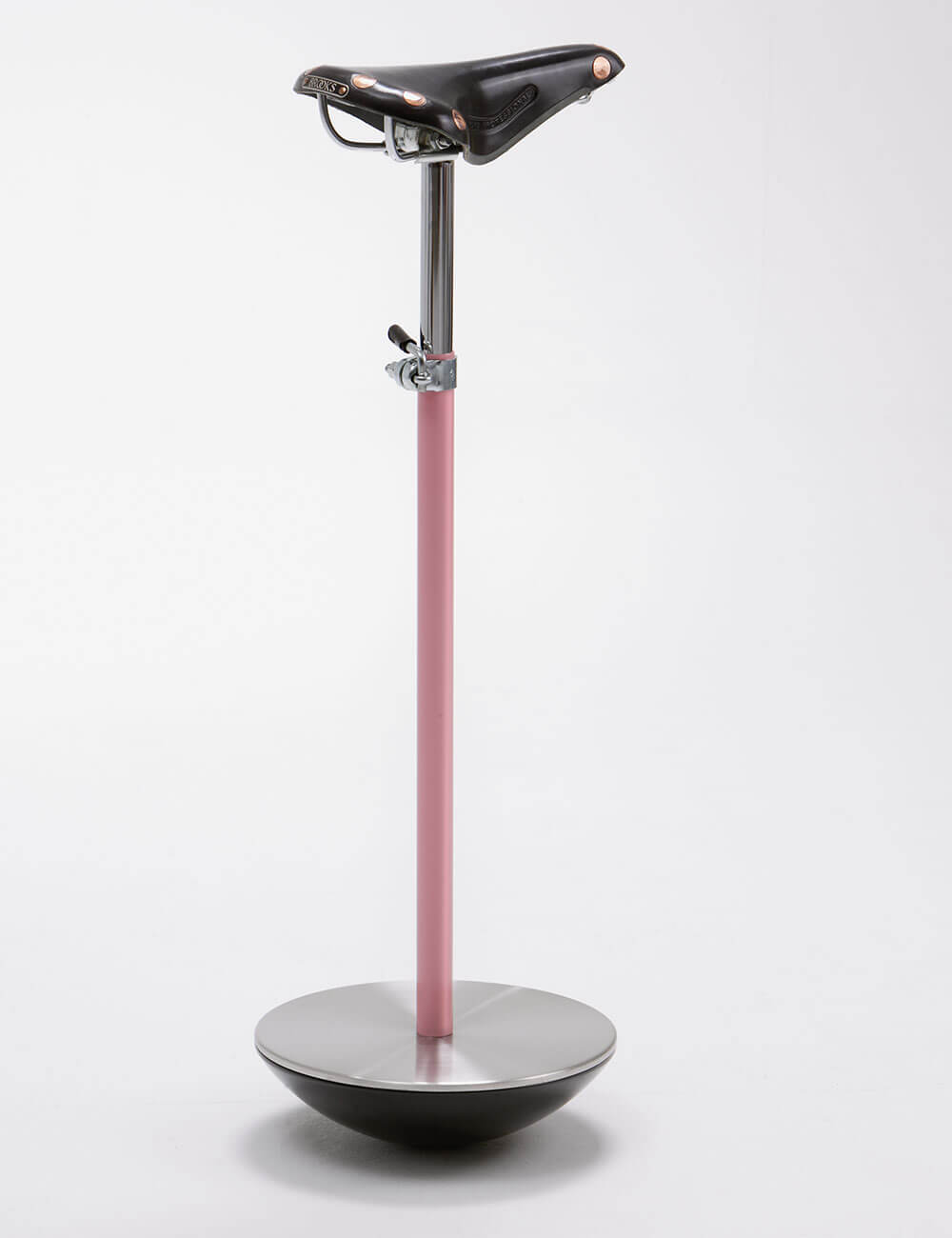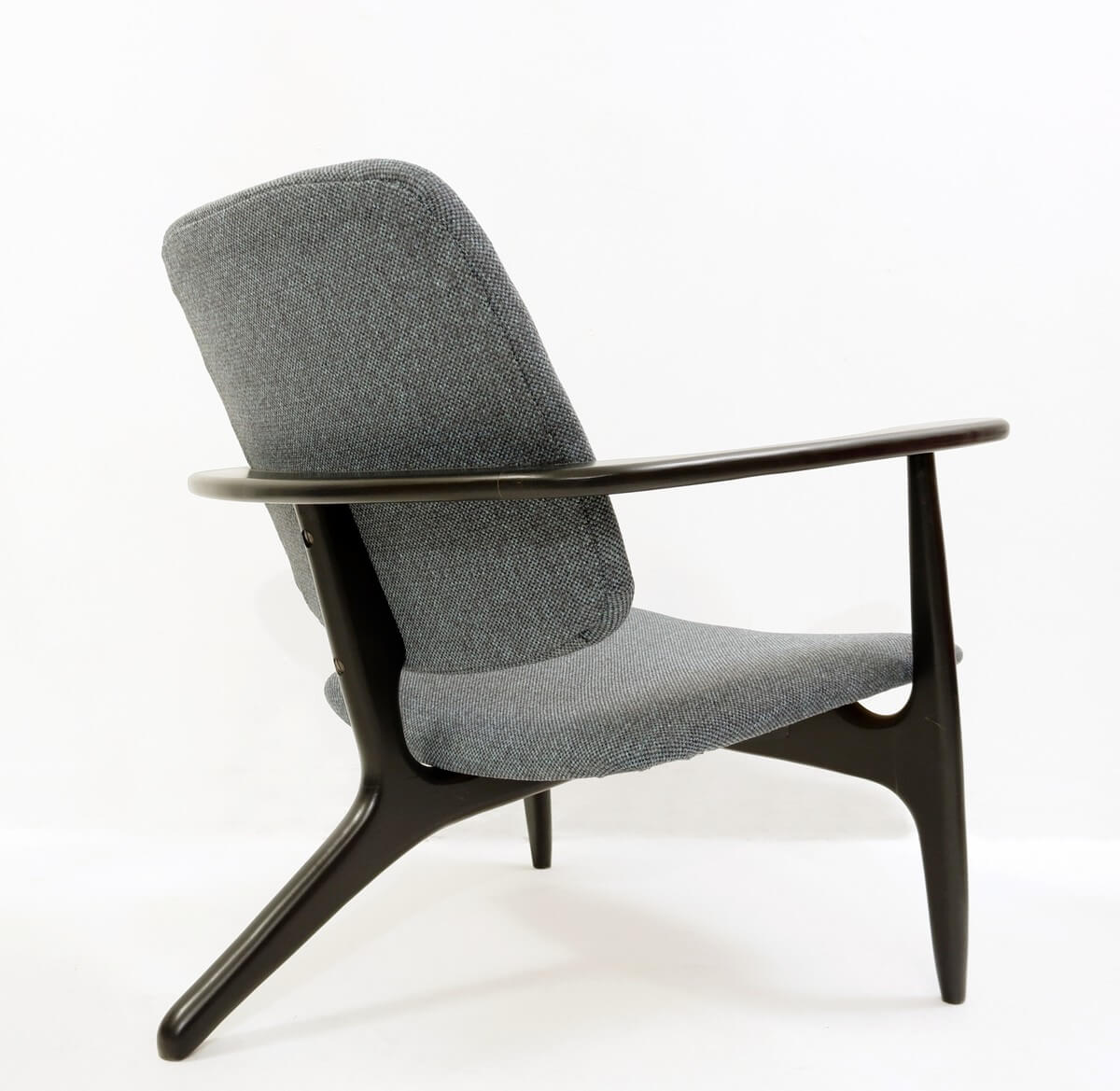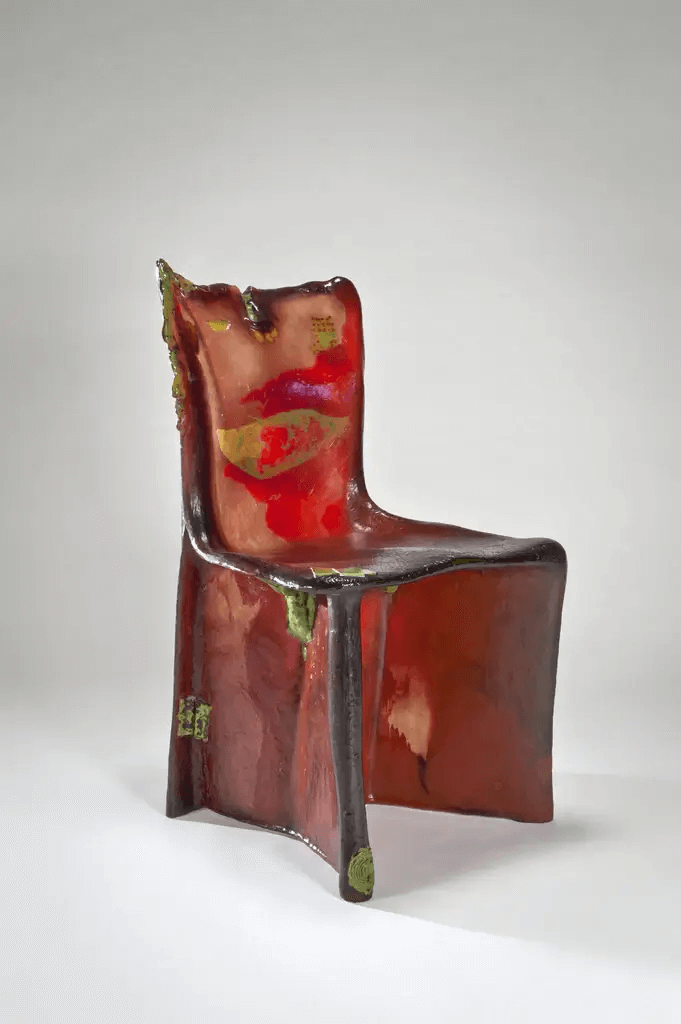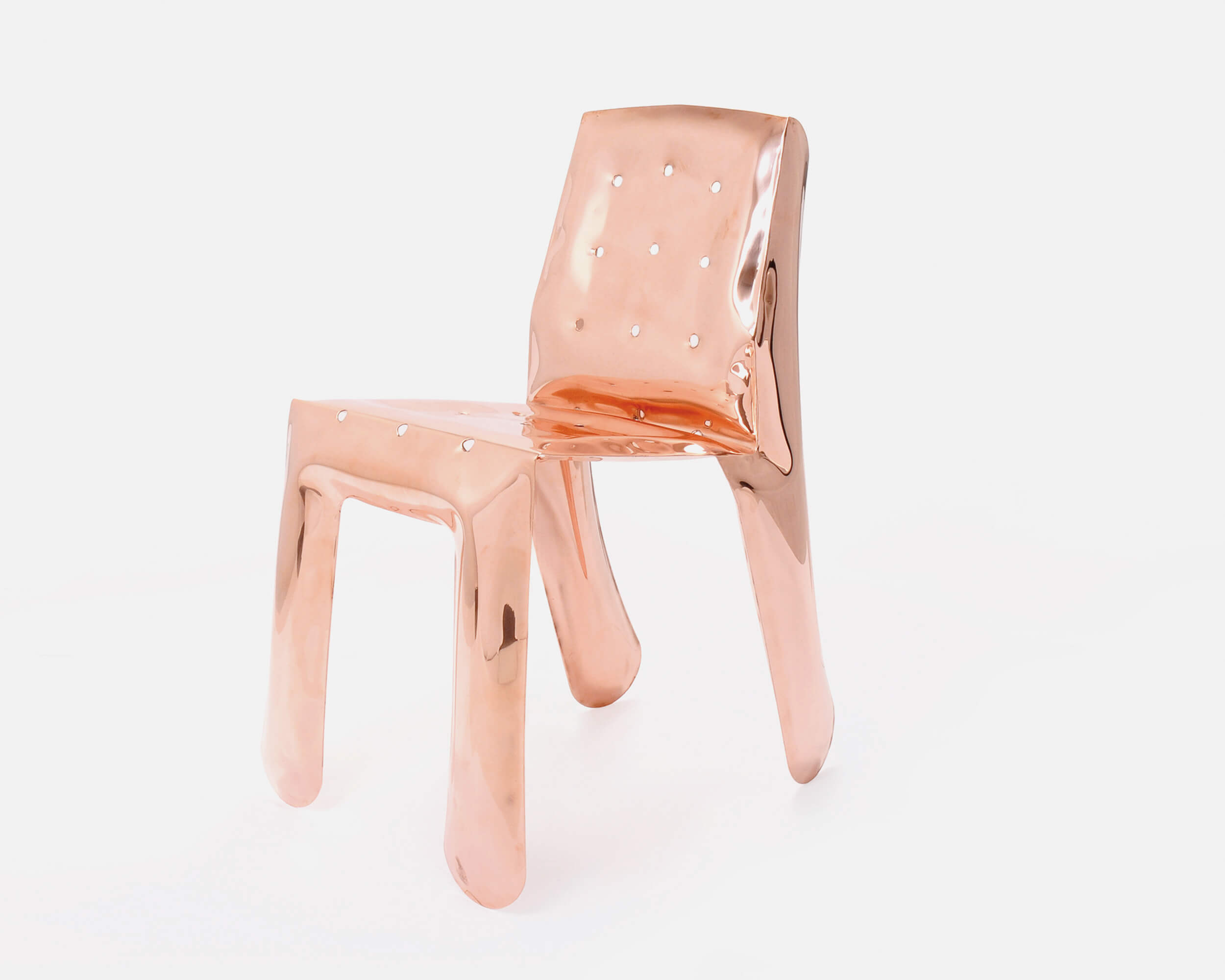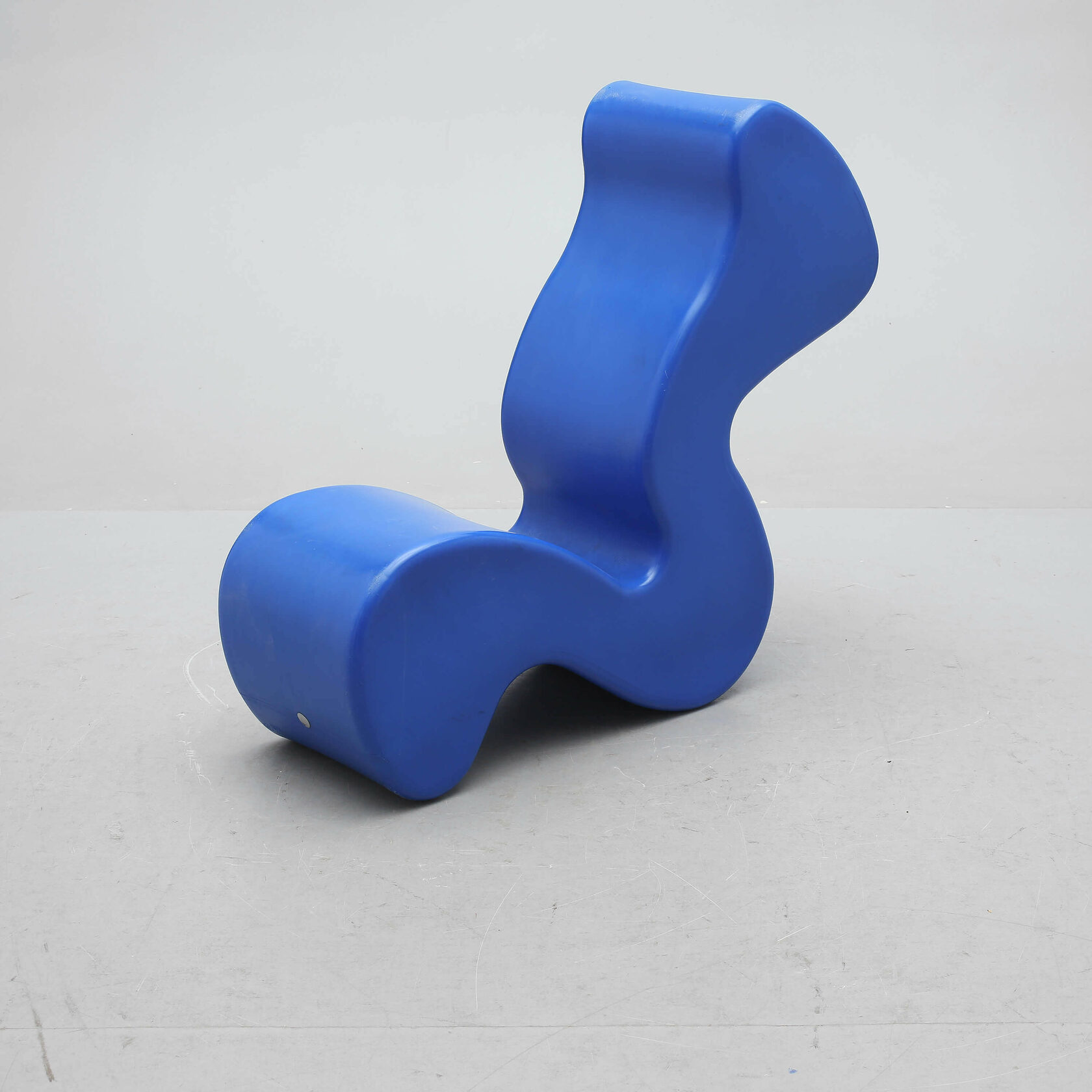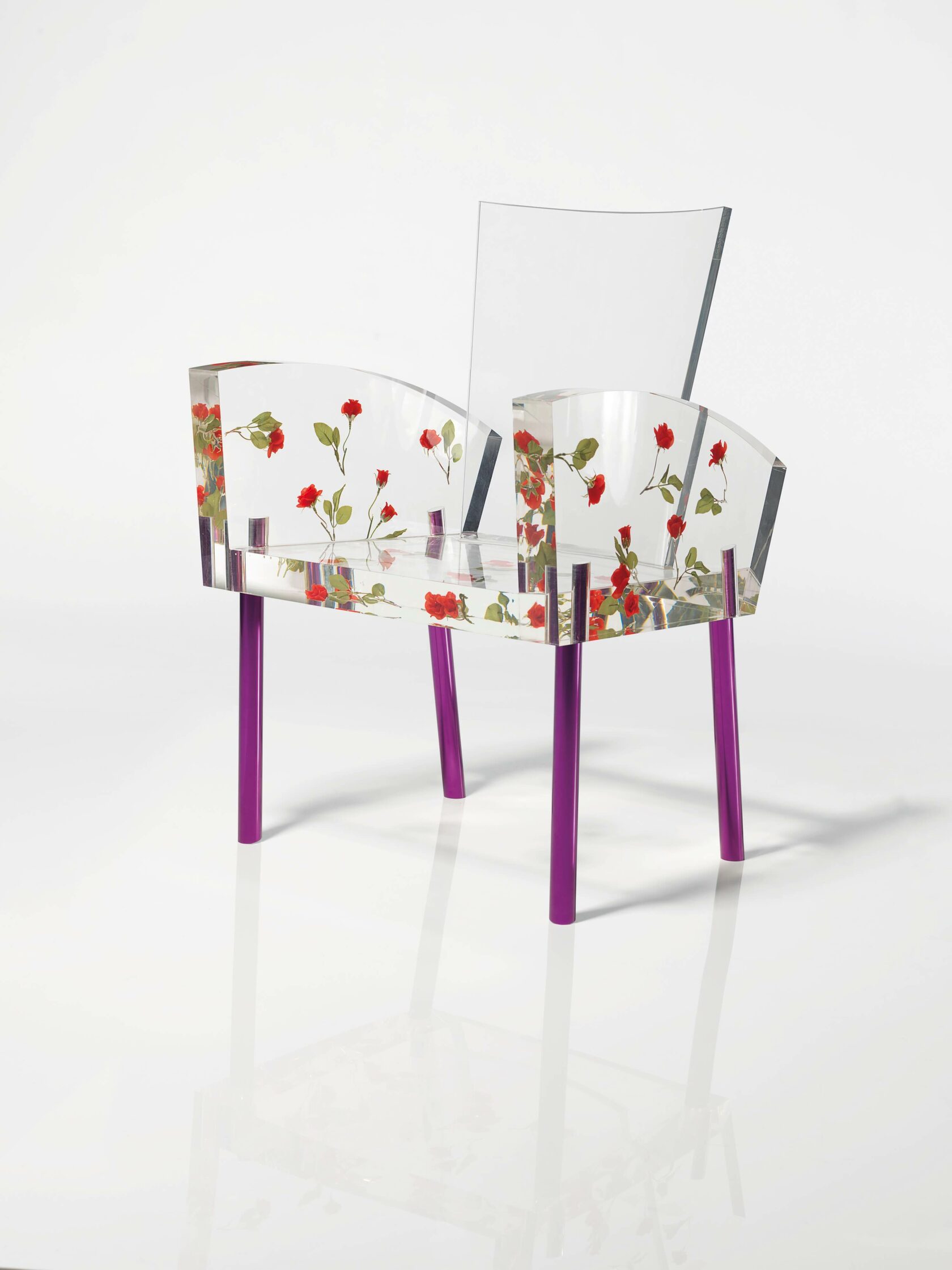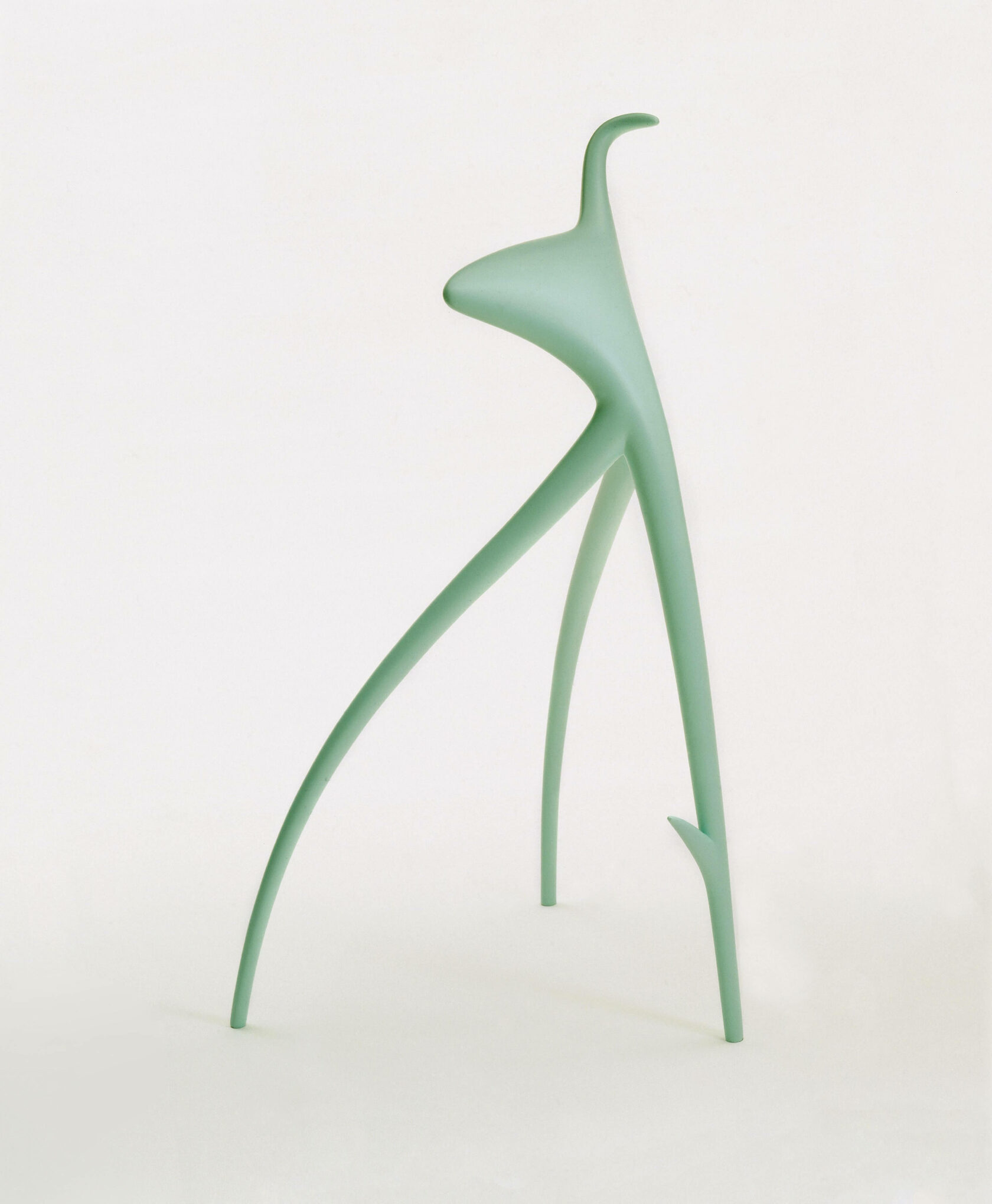
Chair


about exibition
The chair, which the world of design has seized upon to explore its functions and shapes as well as the messages it conveys, will be at the centre of this exhibition.
From Gerrit Rietveld’s famous Red and Blue Chair to Joe Colombo’s Tube Chair, from Marcel Breuer’s Wassily to Konstantin Grcic’s CUP, designers have constantly reinvented and redefined the chair, questioning the cultural, technical, historical and social baggage it suggests.
What will be at the show
100 chairs
From industrial design to collector's items. The evolution of chairs from 1876 to 2018.
The chair collection of The Design Museum (London), the private collection of Galila Barzilaï-Hollander, and the collection of the Design Museum Brussels (The Plastic Design Collection).
collaboration
Each adopting a specific perspective, five routes will offer a singular and original approach to the subject: production, use, innovation, its iconic value and experimental routh.
five routes
5 thematic routes
The design is aimed at the users and strives to fulfil their needs. There is an extraordinary heterogeneity among the users, differing in size, age, abilities and their sociocultural background.
In the 20th century, studies of the proportions and movements of the human body integrated the design of objects and improved their functionality.
In the 20th century, studies of the proportions and movements of the human body integrated the design of objects and improved their functionality.
THE innovation
02
THE experience
04
This exhibition offers a series of tours based on the tactile and playful experience which allow an intuitive discovery of design. Comparing texture of one material to another, experimenting with a technique for covering a backrest will contribute to the appreciation of the different types of chairs and help to better understand what makes them unique.
The Thonet n.14 (1859), the first mass-produced chair accessible to the general public, is an example of this. Minimizing and standardizing the elements, which can be assembled by unskilled labour, also makes it an economical product.
With the steam engine and electrification, the industrial revolution marks the transition to industrial production that creates new jobs and starts the era of the consumer.
THE icon
05
Although some iconic objects share the same characteristics, there is no standard formula for designing an icon. In reality, it is not the designer who creates it, but rather the users who, through their actions and feelings, allows the product to stand the test of time and fashion.
The success of a product is rarely limited to the question of selling price. During the design and development process, various limitations can delay or jeopardize the completion of a project and force designers and companies to focus on research to find solutions.
03
THE production
01
THE use
By utility, experimentation, irony, claim or by simple envy, the chair appears as one of the "unavoidables" of the path of many designers. As an everyday object, it materialises and sometimes questions the cultural, technical and historical background of society.
By utility, experimentation, irony, claim or by simple envy, the chair appears as one of the "unavoidables" of the path of many designers.
As an everyday object, it materialises and sometimes questions the cultural, technical and historical background of society.
A peek at the exhibition with one eye
Blow
Aeron
Kristian Vedel, Torben Ørskov & Co.
Adjustable child’s chair
Cesare Leonardi et Franca Stagi
Dondolo
Jonathan De Pas, Donato d'Urbino, Paolo Lomazzi
Donald Chadwick and William Stumpf, Herman Miller Inc.
Koloman Moser, Franz Wittmann A.G.
Pukersdorf Sanitorium armchair
Charles & Ray Eames, Vitra A.G.
La Chaise
Kristian Vedel, Torben Ørskov & Co.
Trono chair with Cappuccino armrest
Achille & Pier Giacomo Castiglioni,
Zanotta S.p.A
Zanotta S.p.A
Mezzadro
Gerrit Thomas Rietveld, Cassina S.p.A
Zig-Zag
Marco Zanuso, Richard Sapper
K4999
Chaise Longue LC4, Kristian Vedel, Charlotte Perriand, Le Corbusier, Pierre Jeanneret, Cassina S.p.A
Sorry!
This site was developed as part of a training course for non-commercial purposes. So you can't buy tickets here. It's just a flight of fancy, what this exhibition site could be.
So if you need more information about the exhibition, you can find it on the DBM official website, and if you need a website you can write me in what's app.
So if you need more information about the exhibition, you can find it on the DBM official website, and if you need a website you can write me in what's app.
This site was developed as part of a training course for non-commercial purposes. All materials were taken from the DBM official website, the exhibition is real and really took place in this museum.
design museum brussels
Choose an icon of the future
The visitors will have to choose and vote for it with the help of a platform, accessible via a QR code at the exhibition.
